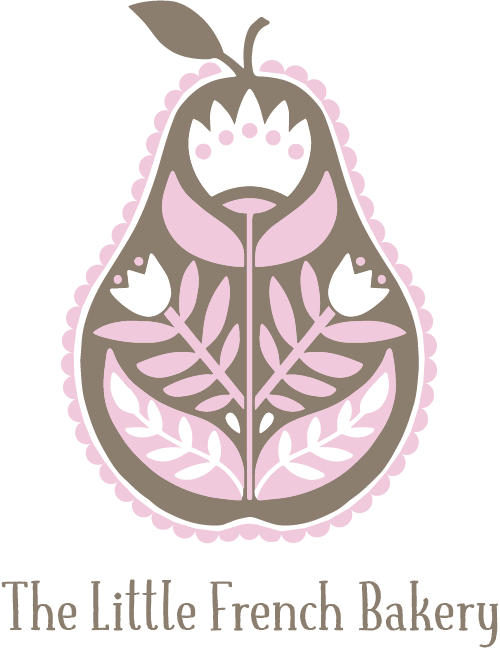It's hard to contain myself. I promise not to talk too much about the book, but I've hit a milestone. The text, first pass, is finished. I've been pouring through my recipes, editing, thinking, writing, editing more, trying to find the words to describe the textures, techniques and tastes for the recipes. My first pass feels good, all 50,008 words of it. How do you estimate a word count? Well, I tried a very straight forward approach. Multiply the numbers of recipes and stories by the average number of words. I did that, and came up with 50,000. It worked! The word count isn't really a hard number. My editor gave me a range based on my proposal. My worry was if I'd be close. Too many? Not enough? The word count has been starring back at me for the past few months. When you're typing on a screen, there's nothing to show progress other than checks on lists, and the growing word count.
Testing and photography modes are in full swing. I love it. I'm making the prettiest versions of the recipes I can. I'll be including many photographs in the book. It's always helpful when I see photos of finished recipes I'm trying.
Now that school has started and autumn colors are creeping into landscape, it's time to think about autumn recipes. I'm thrilled to start working with apples and autumn vegetables. Today I made and photographed Tarte Tatin and Tart aux Pomme.
When the autumn mood strikes you, here's my Tart aux Pommes recipe. It's an excerpt from my text. Think of this as recipe testing with me!
Apple Tart
To print this recipe, click HERE
Makes one tart
1 recipe pâte brisée
6-7 golden delicious apples
4 TBSP unsalted butter, divided
1 lemon
1/2 cup sugar
nappage apricot glaze (or apricot preserves, heated and strained)
Preheat your oven to 350 degrees F.
Line a 10 inch tart ring with the pâte briséeand chill.
Peel, core and chop four of the apples and place in a skillet or large dutch oven. Add 2/3 cup water, 3 TBSP butter and sugar. Bring the apples to a simmer over medium heat. Cook, stirring occasionally until the apples will squish under the pressure of your spoon, but are still retaining their shape. You may need to add more water as the apples cook. Continue cooking. The liquid should be mostly evaporated. The sugar will cause the apples to caramelize a bit. Remove the pan from the heat to cool the apples. You may wish to transfer the apples to a plate or cool baking pan to speed the cooling process.
With the remaining apples, carefully peel, and core. Try not to make deep cuts into the apples. As you complete the apples, rub with lemon juice to reduce browning. Cut one apple in half top to bottom and lay cut side down. Slice 1/16-1/8 inch slices top to bottom, try to make the slices as uniform as possible. Repeat with the remaining apples. Squeeze a bit of lemon juice over the slices.
Transfer the cooled cooked apples into the center of the tart crust. Spread the apples to the edges, but keep a mound of apple compote in the center, about 3/4 inch deep.
Starting at the outer edge, place an apple slice with an end touching the crust, and round side slightly diagonal into the tart. Place the next slice so that it overlaps the seed side of the first slice and hides the end near the crust. Repeat until you’ve made a circle around the tart. You’ll tuck the last slice under the first. Make another ring of slices with about 1/3 of the second ring of slices overlapping the first. In the center, place some small slices, to make a tiny flower, or simply fill the space.
Melt the remaining butter. With a pastry brush, carefully blot and dab the slices. Be very gentle as the the brush can easily disturb the apples. If it’s too tricky, better to have less butter than messy apples.
Place the tart in the oven and bake 25-35 minutes or until the crust is deep golden brown. The edges of the apples will be deep golden as well.
Remove the tart from the oven, and cool. Heat the nappage and with a pastry brush, glaze the tart with the apricot glaze. Allow the tart to set for about ten minutes, then serve.



